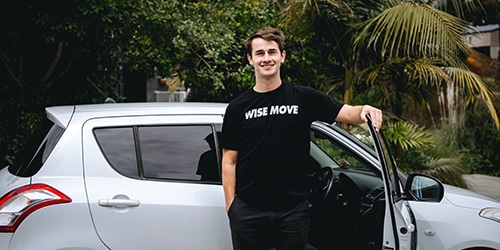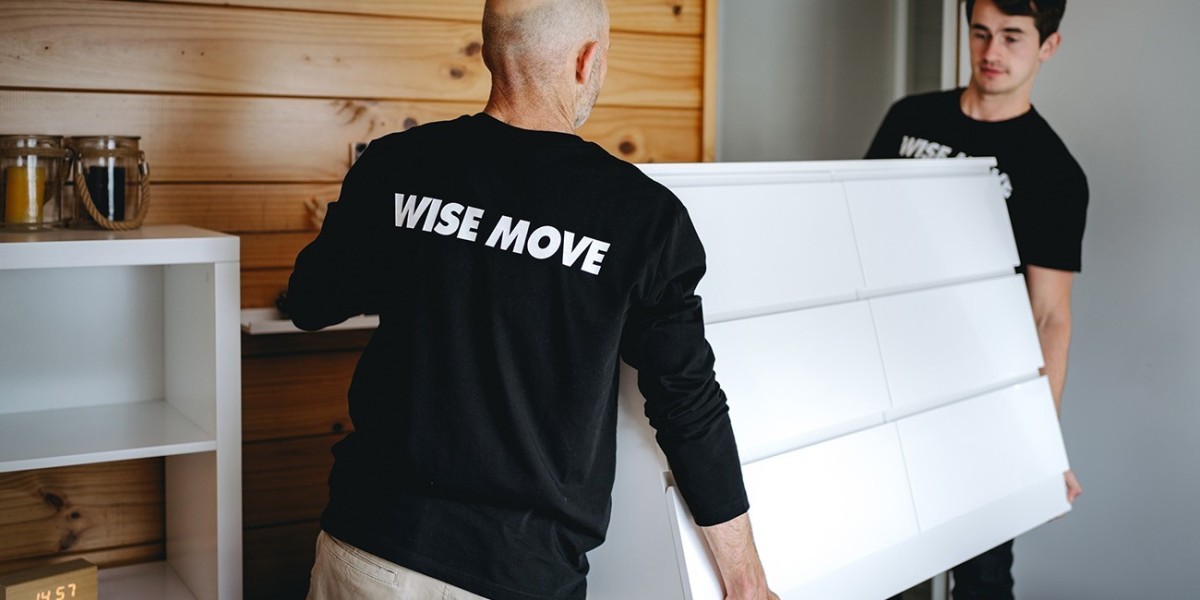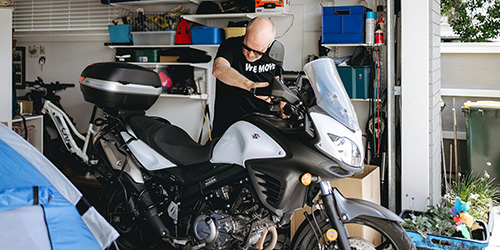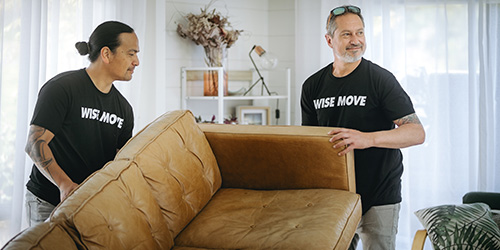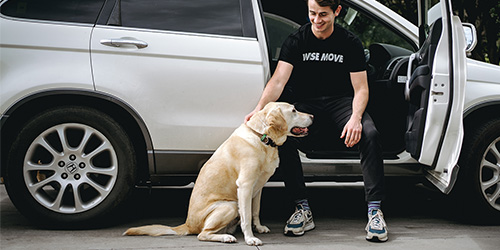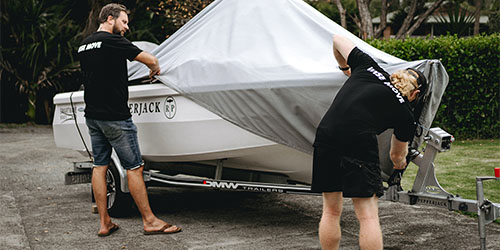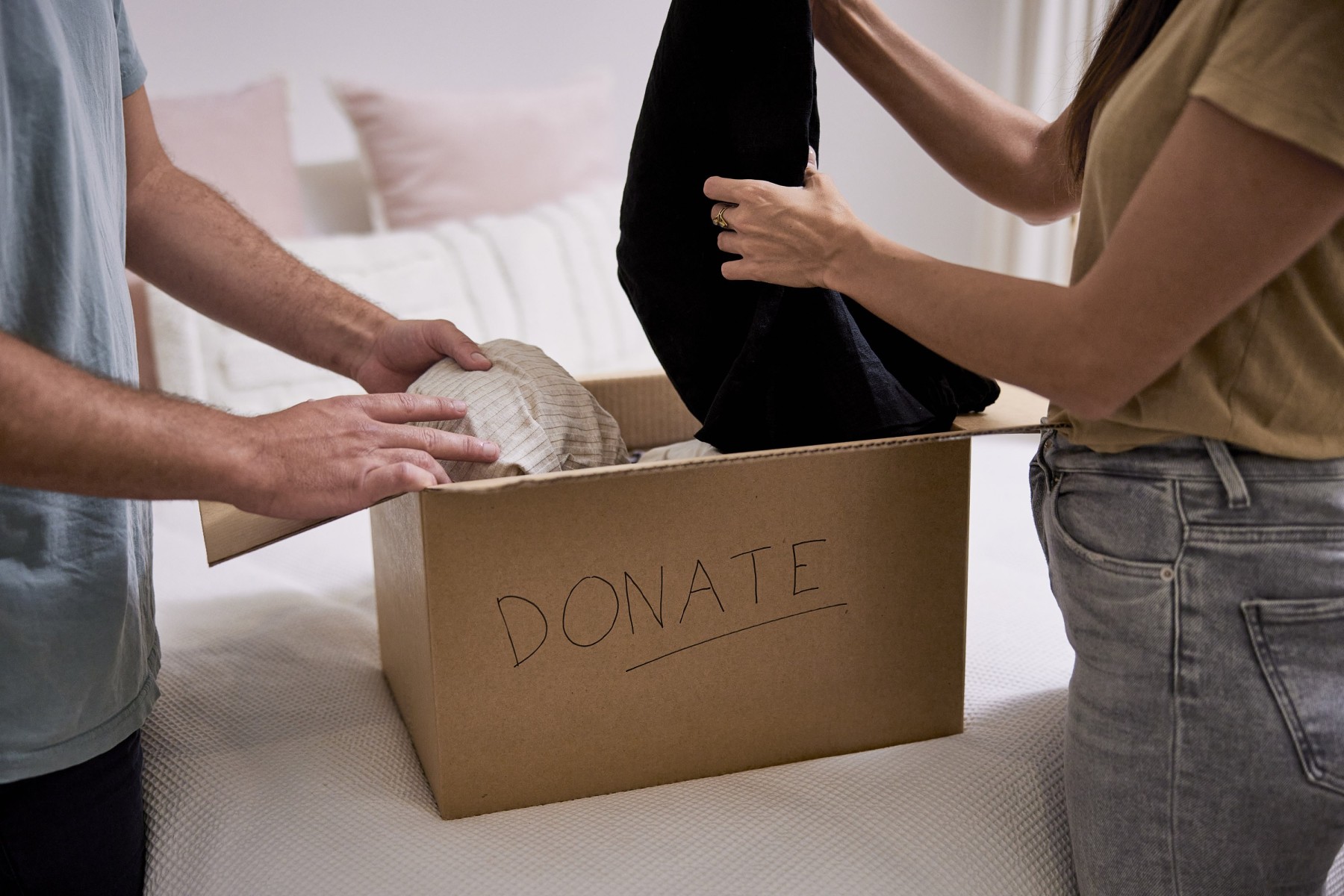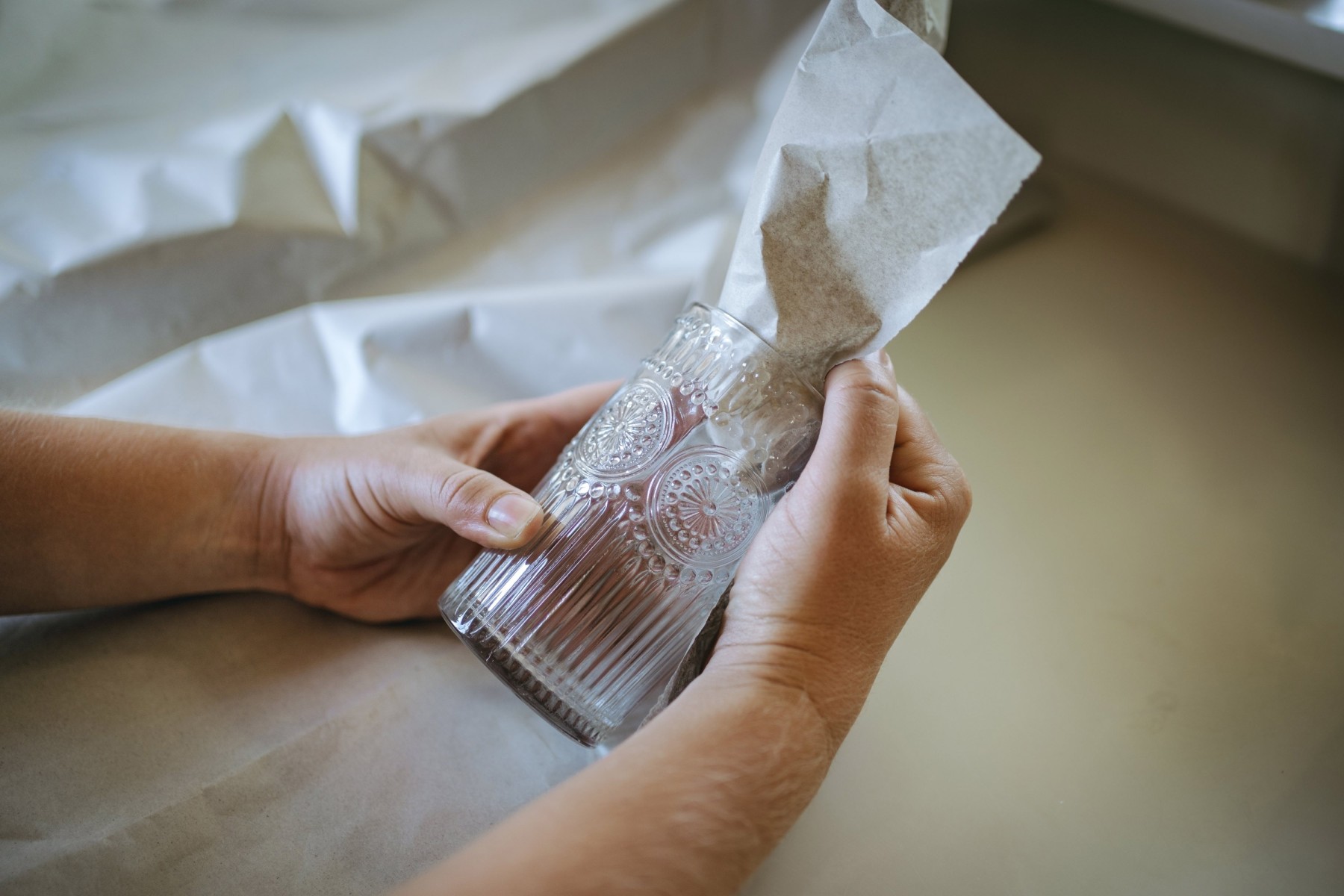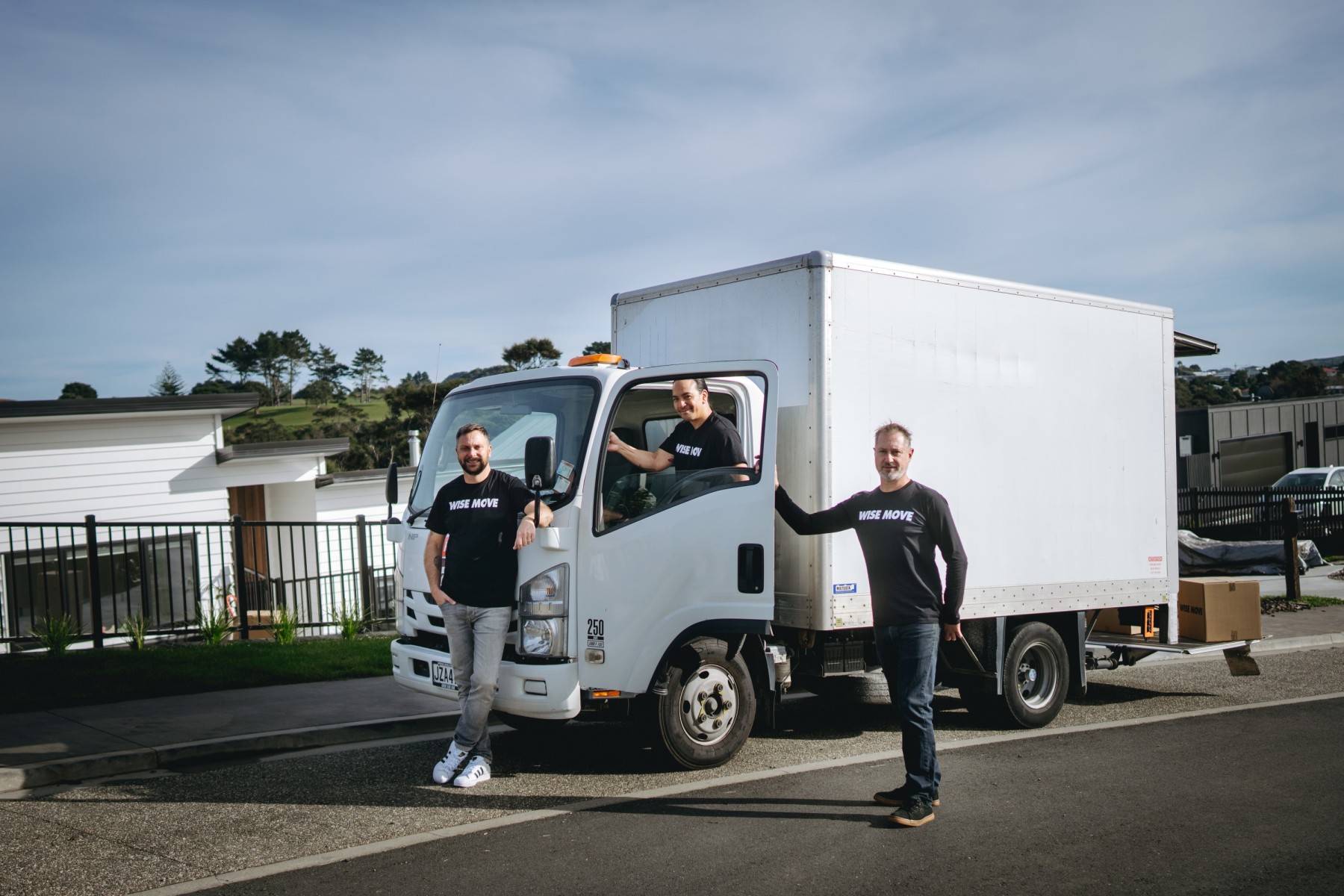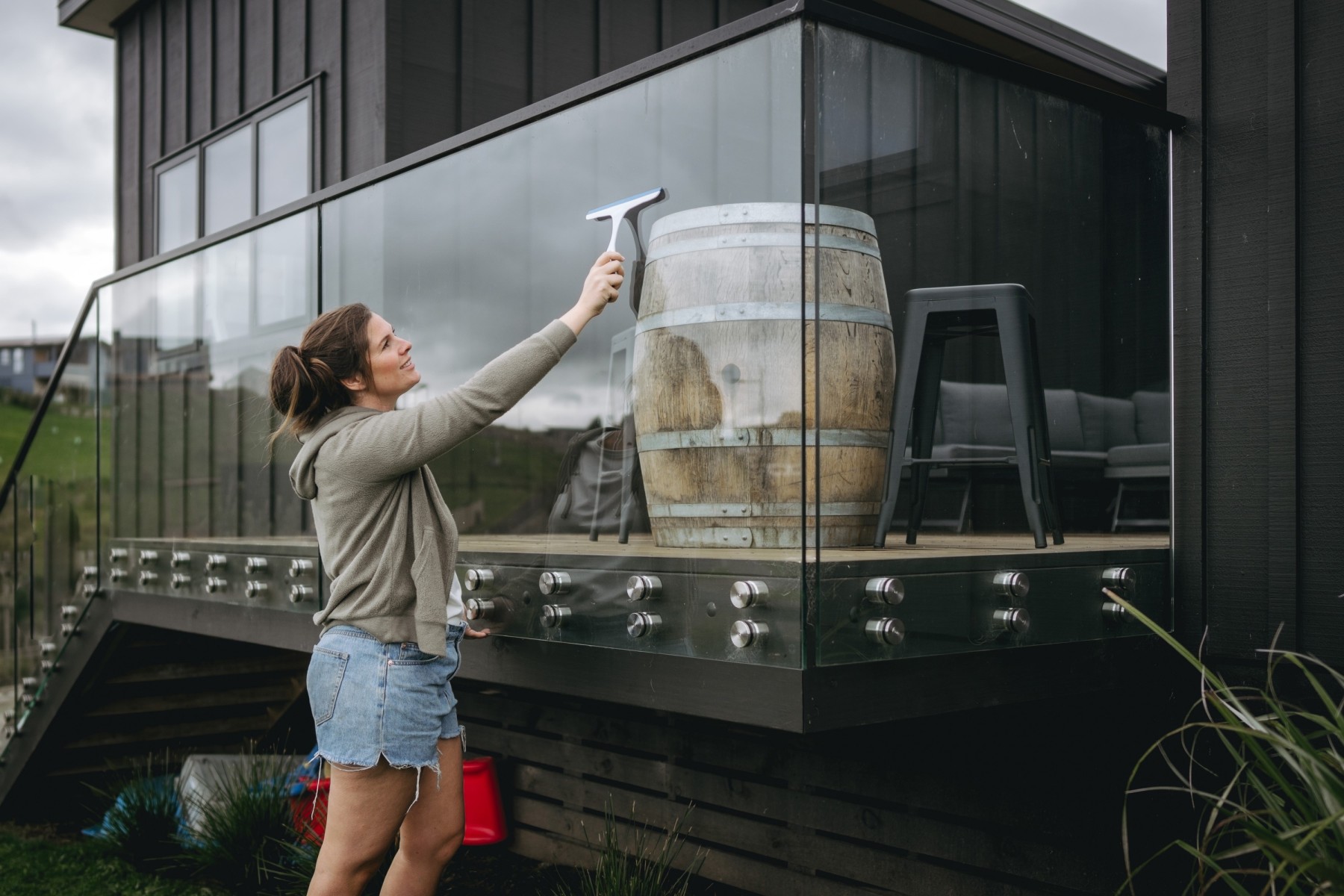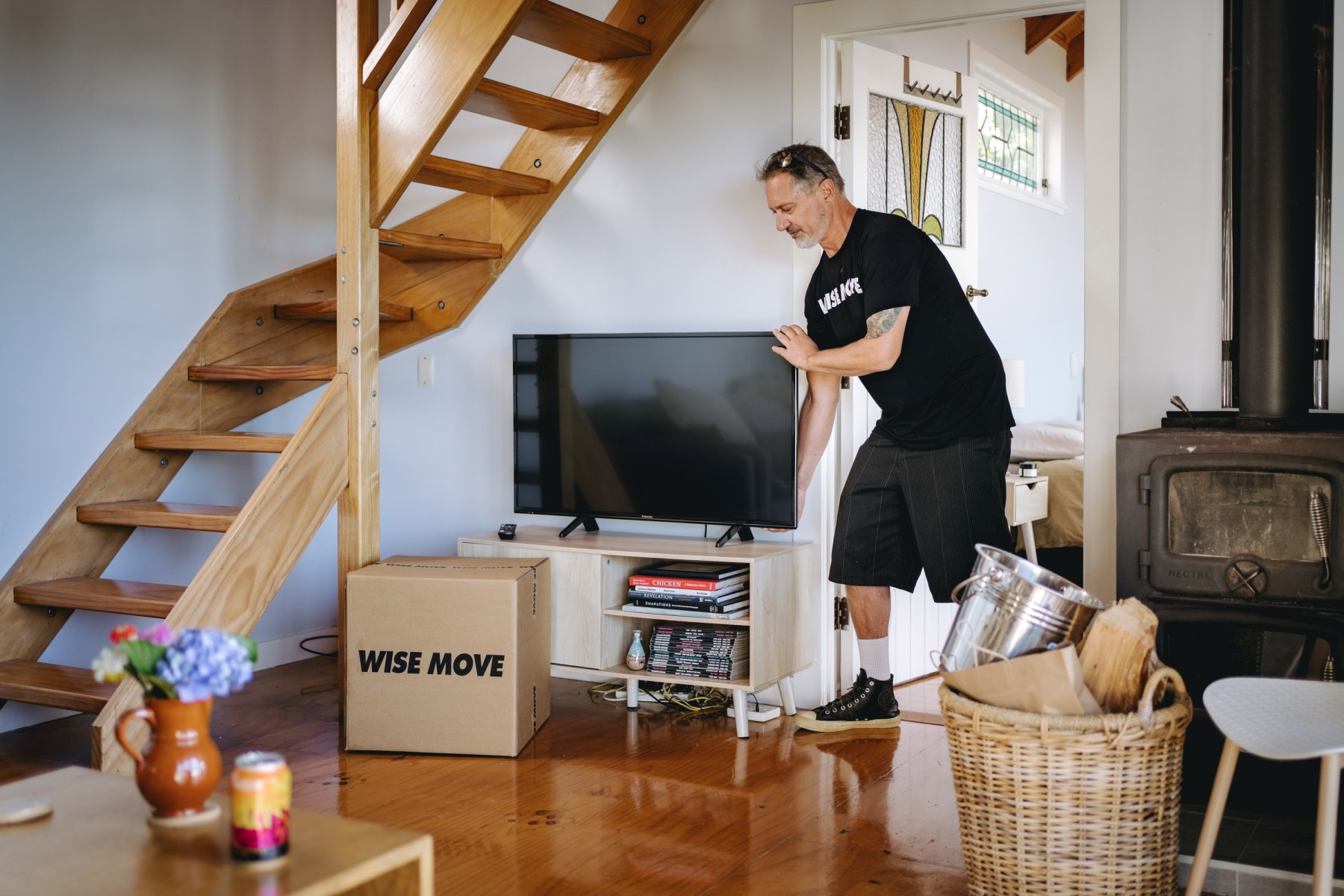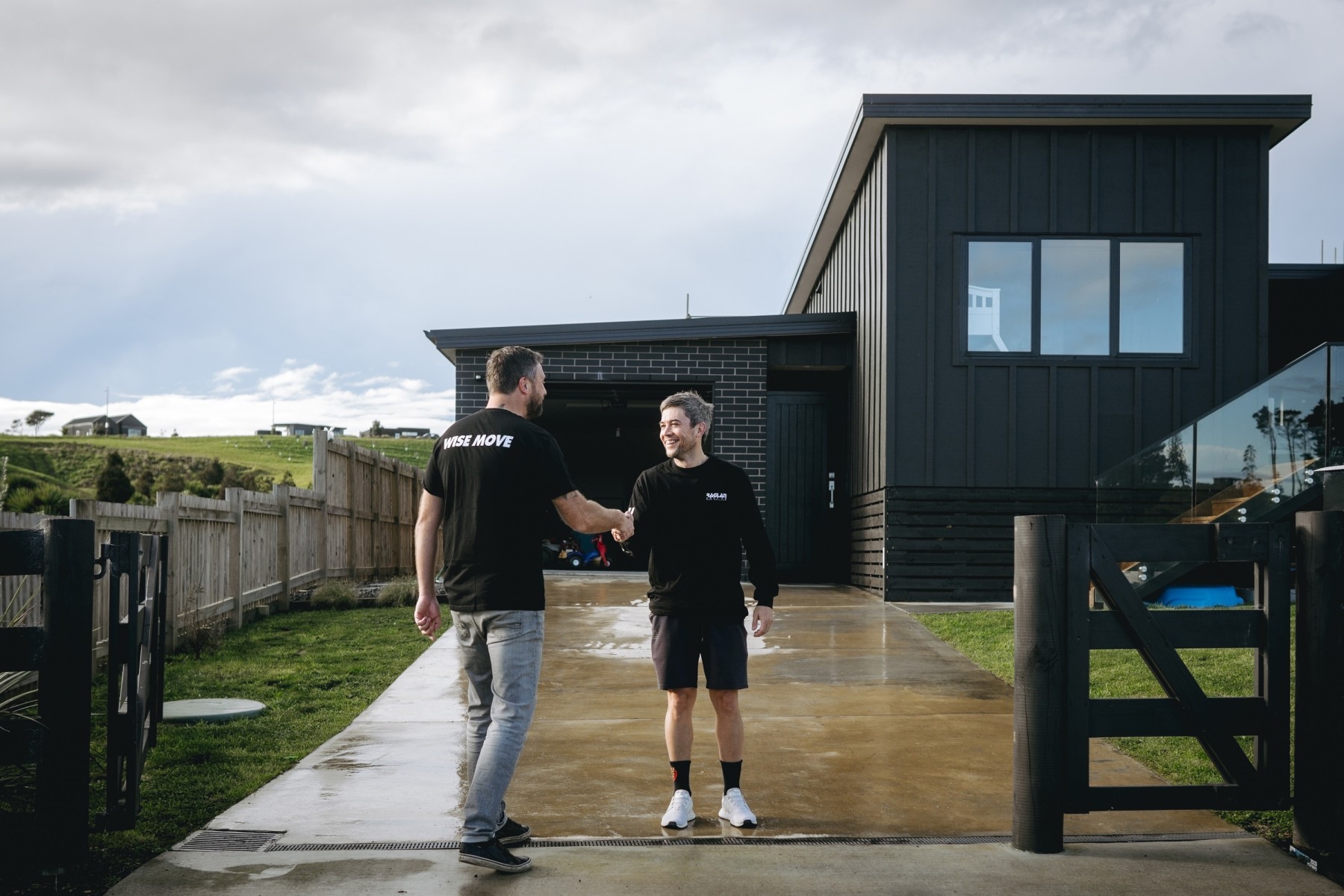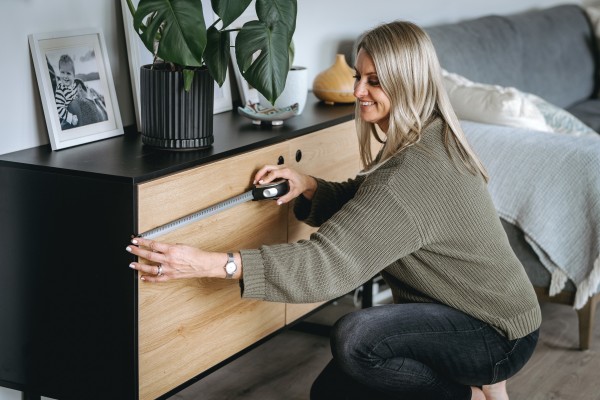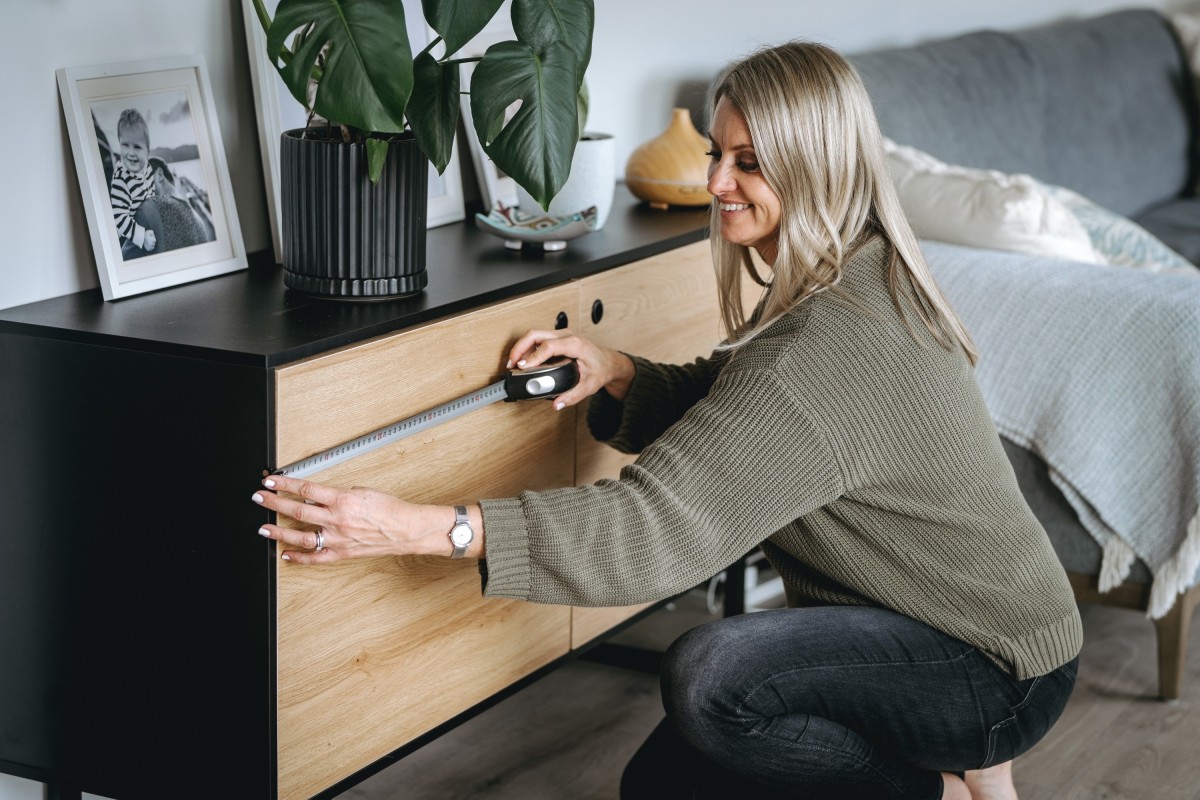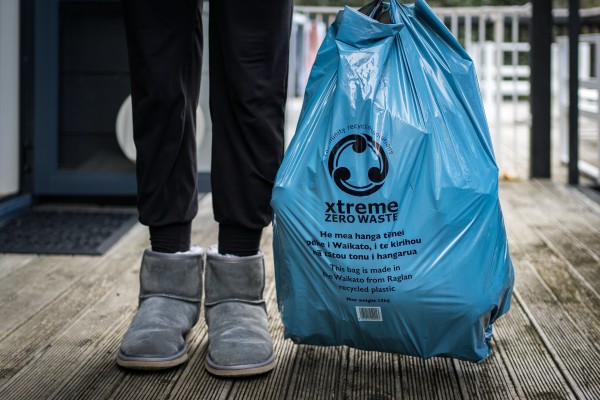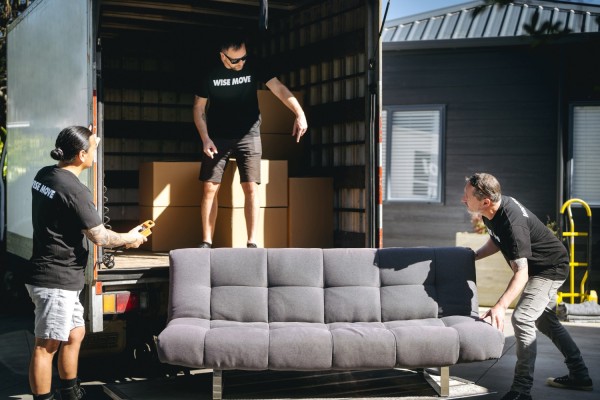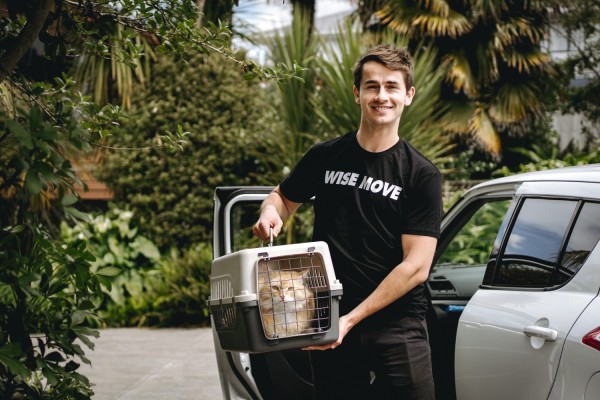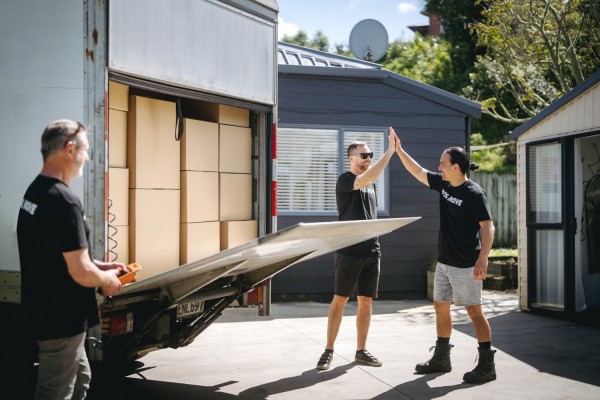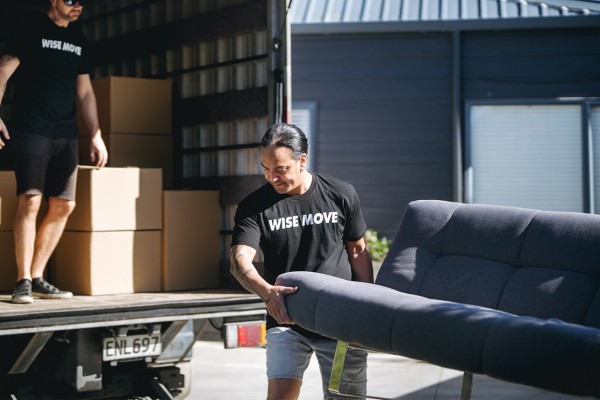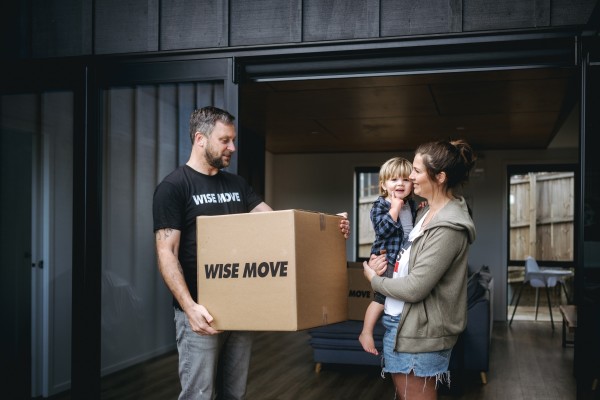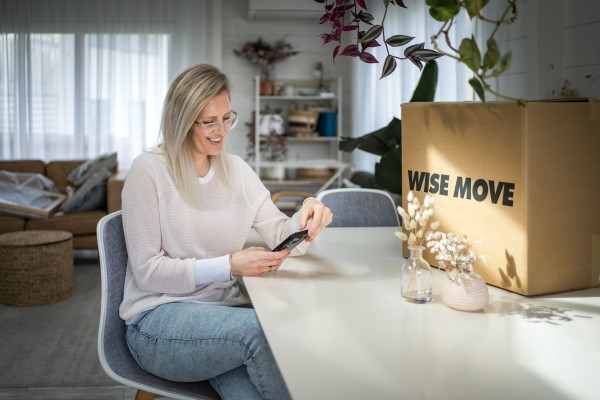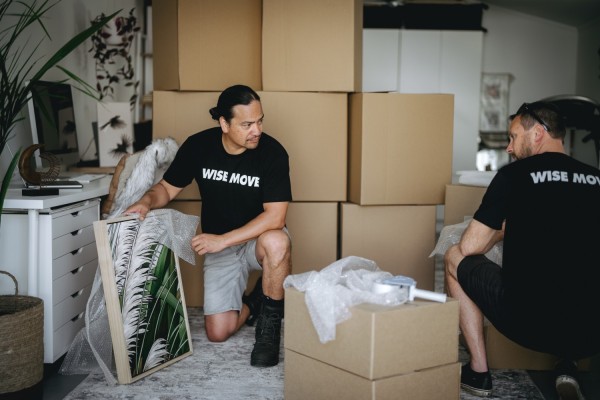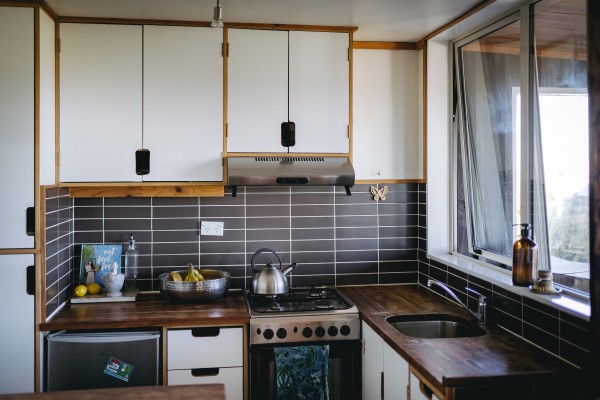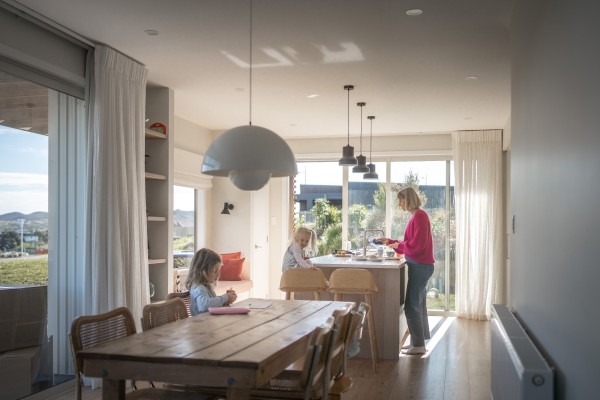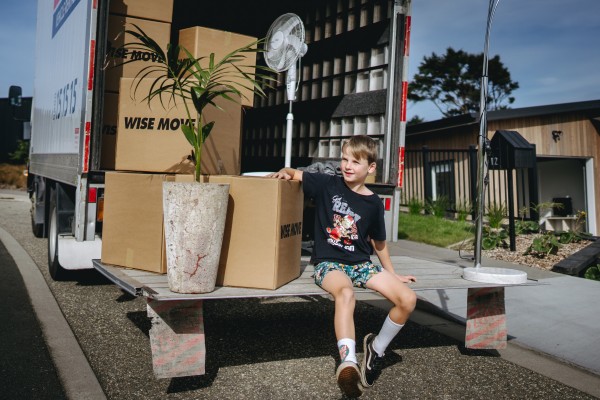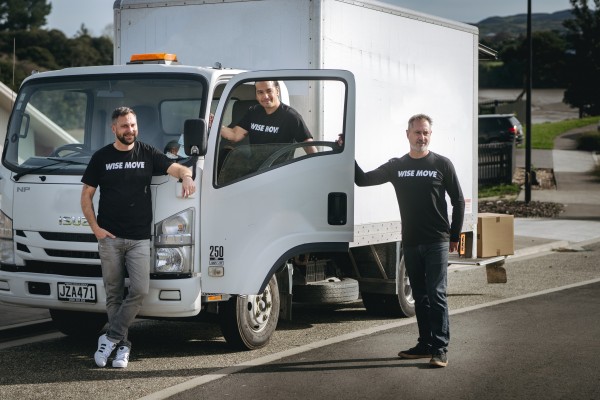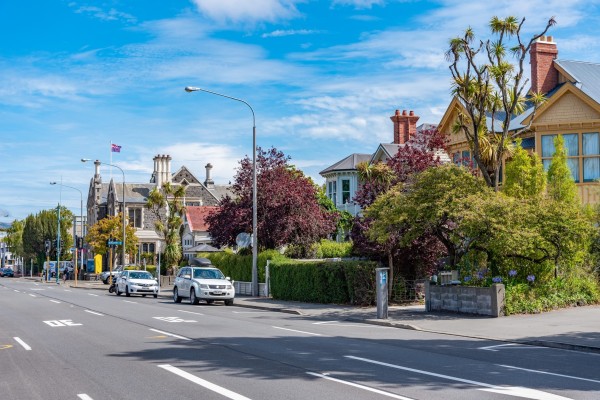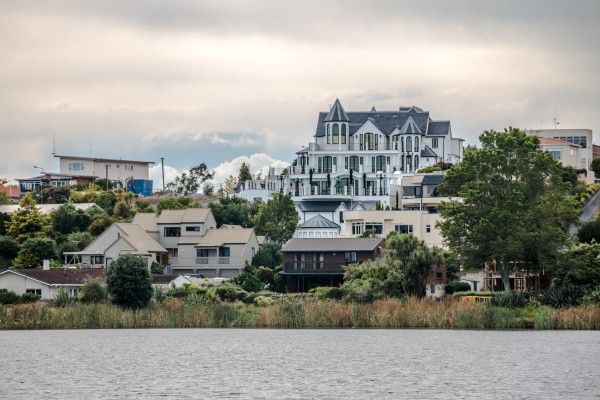Your guide to eco-friendly moving in New Zealand
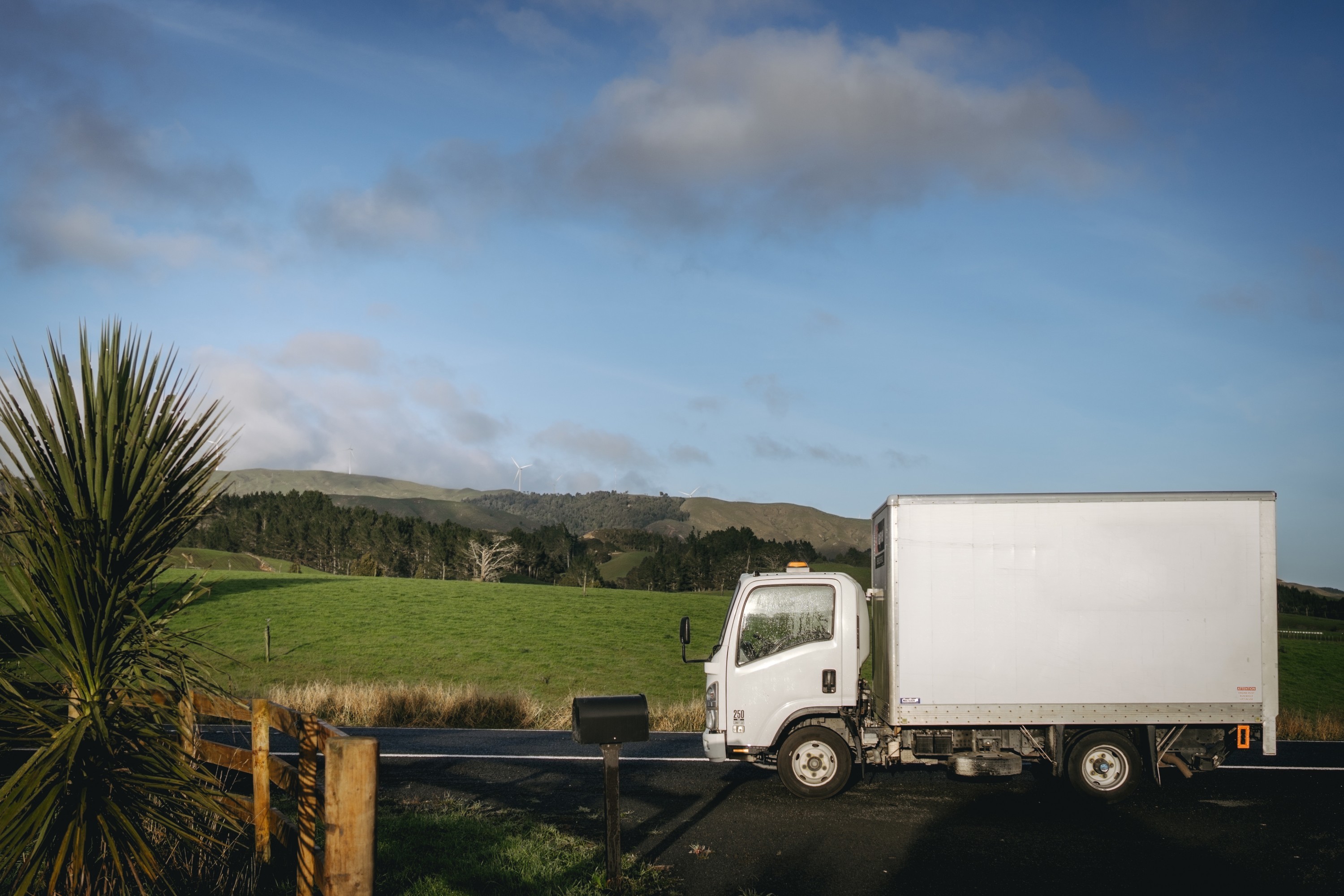
Moving house uses a surprising amount of resources. From piles of packing waste to the amount of fuel used to get your truck across town, moving generates a significant amount of carbon emissions. It also often ends with a lot of barely used items going to landfills.
Even in New Zealand, where we place a lot of value on our connection to the land and sea, it’s easy to overlook the environmental choices we make on moving day. We get it, though. There’s a lot to think about, and moving timelines and deadlines to keep. What’s more, making the ‘greener’ choice sometimes requires a little extra planning.
Making your eco-conscious move isn’t just better for the planet; it can also save you time, money, and stress. It comes down to planning and being intentional about what you move, how you move, and setting up your new home. You’ll not only reduce waste and your carbon emissions but also start fresh in a way that reflects your values.
What is the environmental impact of a traditional move?
Cardboard boxes are used once and then tossed. Bubble wrap that can't be recycled. Carloads of unwanted junk get sent to landfills. Multiple long-haul truck trips. All these factors contribute to waste and carbon emissions. Even short-distance moves can rack up significant fuel usage when done inefficiently.
It’s hard to quantify the exact amount of carbon or waste produced by a traditional move.
Approximately 12.6 million tonnes of waste are sent to landfills in New Zealand each year. Household decluttering is part of the moving process, which results in many of these unwanted items ending up in the landfill.
And then there's the impact of buying new furniture or household items for your next place. Many of these pieces are manufactured overseas and shipped to New Zealand, which adds to the waste and carbon overload. The bottom line is that moving traditionally is far from eco-friendly.
Planning ahead for a low-waste move
Sustainable moving starts long before moving day. The more time you give yourself to plan, the easier it is to make choices that reduce waste, emissions, and stress.
The good news is that even a small choice can make a big difference. Our guide will help you make small these that will help reduce carbon and waste during your next move.
How to declutter sustainably in New Zealand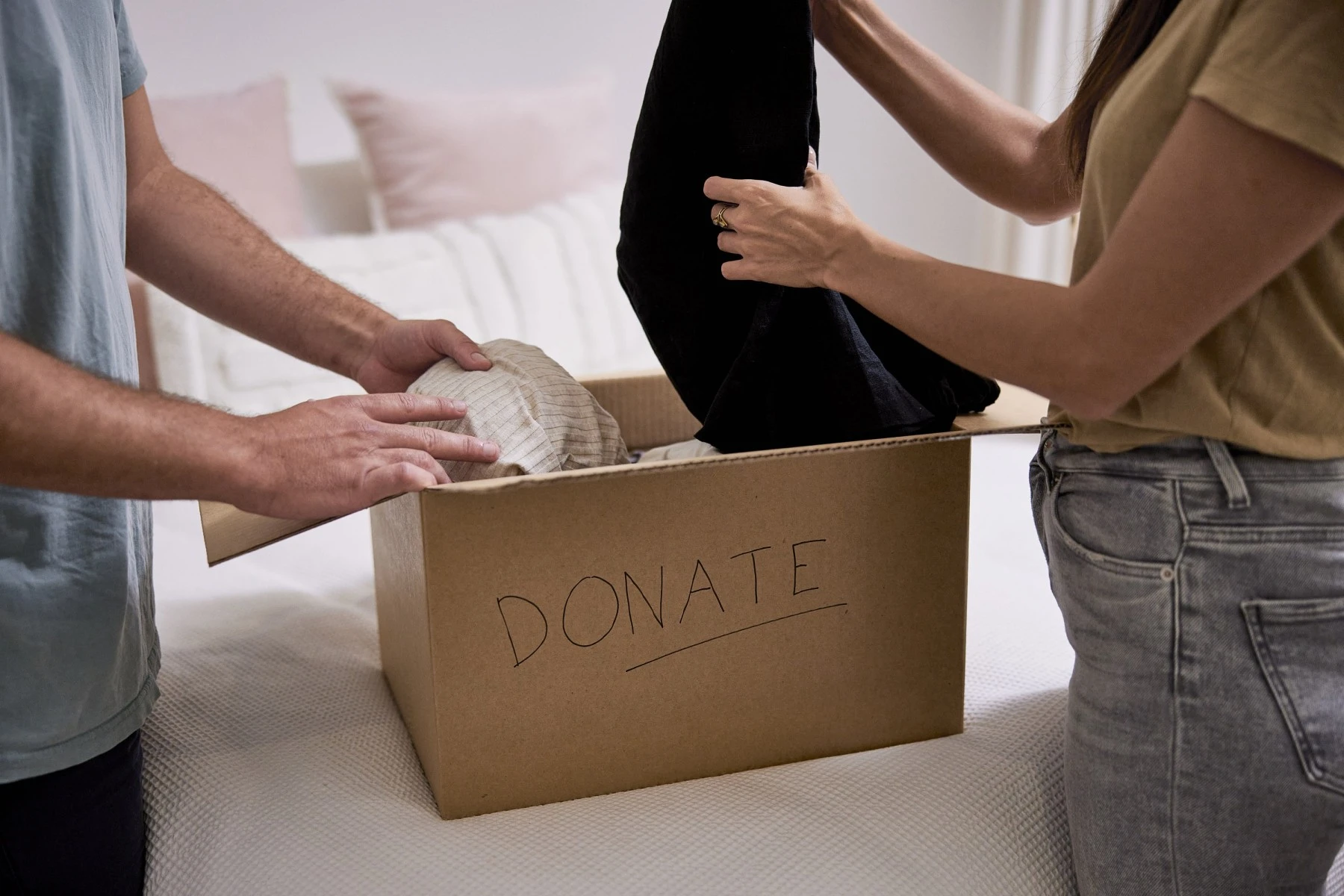
The first step is simple but powerful: take only what you need. Before packing a single box, go through your belongings and decide what truly needs to come with you.
Top tip: read more on the 7 things you need to get rid of before you move
Moving is the perfect opportunity to streamline your life. The less stuff you pack, the fewer unnecessary items you need to transport across town or the country. This ultimately results in fewer emotions produced in your move.
The real change comes later on. Once you’ve moved, don’t just rebuy all the items you gave away. This is about decluttering and shifting your mindset so that you don’t own as much stuff.
We've outlined some sustainable ideas to dispose of your unwanted items.
Donate to local charities and op shops
-
Habitat for Humanity Stores
-
Mary Potter Hospice Shops
-
The Salvation Army Family Stores
-
Opportunity for Animals' Stores
-
Red Cross Shops
-
Local second-hand boutiques (for clothing and homeware)
Use local marketplaces
-
Sell furniture on TradeMe (NZ’s most popular resale platform)
-
Post items on Facebook Marketplace
-
Friends and family clothing swaps
-
Set up a garage sale to sell items
Recycle responsibly
-
Take e-waste, metals, and plastics to your local transfer station or recycling centre
-
Check your local council’s website for region-specific recycling drop-off points
-
If you’re short on time, some charities offer free pickup services for furniture in good condition.
Top tip: Try to dispose of only what you can’t give away. Broken or soiled items can go to the landfill if you can’t fix or clean them. You should try and find a home for everything else.
Eco-friendly packing tips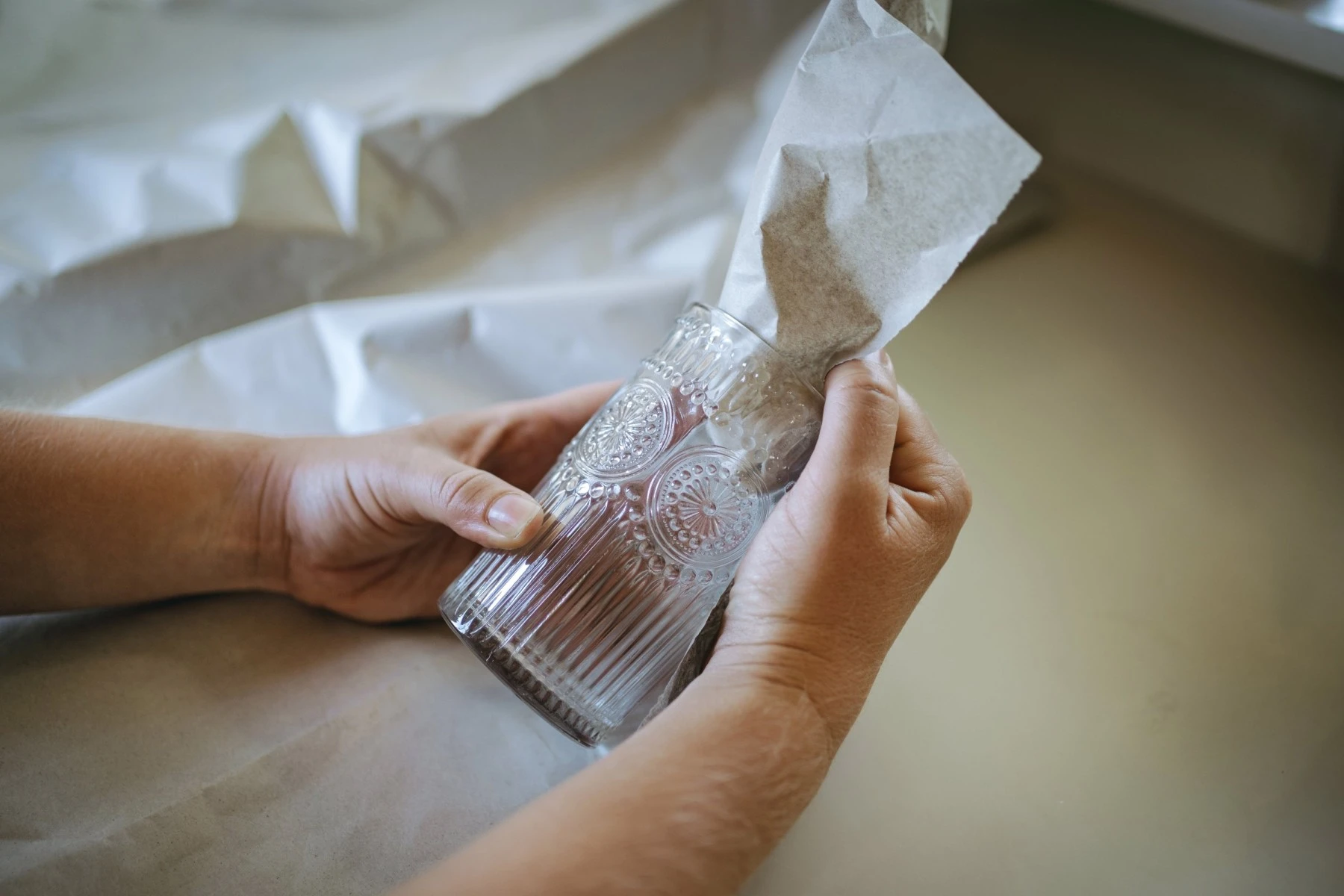
Packing is one area where a lot of waste can easily pile up without you realising it. Before you buy a whole host of packing supplies, think about how you can reuse or recycle items you already own. Or even, packing materials you can borrow from someone.
With these tips, you can still protect your items, make positive changes that benefit the environment and save money. Remember, the goal isn’t perfection; it’s about making a few smarter choices.
-
Before buying boxes or bubble wrap, check what you can reuse. Ask friends, whānau, or neighbours if they have leftover packing materials.
-
Collect sturdy second-hand boxes from supermarkets, liquor stores, bookshops and office supply stores. You can also find them on Facebook Marketplace or community noticeboards
-
If you do need to buy supplies, choose eco-friendly moving boxes made from recycled materials or biodegradable packing supplies like compostable paper wrap. After your move, pass them along or flat-pack them for future use.
- Consider renting reusable moving boxes from local NZ services if available. These boxes are durable, reduce landfill waste, and are often collected once your move is complete, making your packing process easier and greener.
-
Skip the bubble wrap. Substitute it with soft items you already own, like towels, pillowcases, or a T-shirt instead.
-
Cushion boxes with newspaper or compostable paper rather than purchased parchment roll
-
Seal with recyclable paper tape instead of plastic. Yes, you’ll have to buy it, but it is better for the environment
Top tip: Packing smart also means packing less. Suitcases, backpacks, laundry baskets, and even storage bins can double as moving containers. Label everything clearly and pack room by room to avoid confusion and reduce the need for repacking (and re-wrapping).
How to choose a sustainable moving company in New Zealand
Your choice of professional movers can make or break the sustainability of your home move. Using green moving companies can significantly lower the carbon footprint of your move.
Look for movers that offer carbon-neutral moving options or operate fuel-efficient or electric vehicles. Some NZ movers provide reusable moving crates, while others will use eco-friendly moving practices like consolidating trips to reduce emissions.
How to find a sustainable moving company in New Zealand
Start by researching local movers. Ask them direct questions about their environmental practices. Some companies actively promote their use of low-emission or hybrid vehicles. Others offer waste reduction services or carbon offsetting options. A few may also help you reuse boxes or packaging materials from previous moves.
Look for companies that:
-
Use electric or hybrid moving vans, or maintain a fuel-efficient fleet.
-
Offset their emissions through verified carbon credit schemes.
-
Offer reusable moving crates instead of disposable cardboard boxes.
-
Provide packing materials made from recycled or compostable materials.
-
Operate locally (to reduce long-distance travel and associated emissions).
Even if a company doesn’t advertise itself as ‘green,’ it may still be open to working sustainably, especially if you ask. If you are hiring them to pack your belongings, ask if they can use items you have gathered or have on hand.
New Zealand-based movers with eco-conscious options include
-
Wise Move's booking platform allows you to compare quotes from multiple carriers all in one place. You can then review your options and easily find moving companies with sustainability values.
-
Eco Movers NZ is known for using hybrid vehicles and offering recycling support (Auckland-based).
-
Eco Shifter offers fully electric delivery for everything from flowers to entire homes. They're based in Auckland, Wellington, Hutt Valley, Kapiti-Horowhenua, Palmerston North, Hamilton and Christchurch.
Top tip: Remember, the cheapest quote isn’t always the most sustainable one. Prioritise companies that align with your values.
Questions to ask a sustainable moving company
We all have different goals when it comes to moving more sustainably. Your goal could be to reduce waste during your move or to simply limit carbon emissions from your moving vehicle. Here are some questions you can ask your mover to ensure they align with your goals.
Carbon emissions
-
Do you use electric, hybrid, or fuel-efficient vehicles in your fleet?
-
How do you reduce fuel consumption during moves?
-
Do you consolidate moves to avoid driving with empty trucks?
-
Do you measure or offset the carbon footprint of your moves?
-
Are you part of any environmental certification or carbon offset programme?
Packing materials and waste reduction
-
Do you offer reusable moving crates or boxes?
-
Can I return or reuse any of your packing materials after the move?
-
Are your packing materials recyclable, compostable, or made from recycled content?
-
How do you dispose of or recycle unwanted items during the move?
-
Can you pack my items using my own boxes and packing materials?
Sustainability
-
Do you prioritise local moves and local staff to reduce emissions?
-
Is sustainability a core part of your business values or operations?
-
Can you describe any recent steps your company has taken to reduce its environmental impact?
How to transport your household sustainably in New Zealand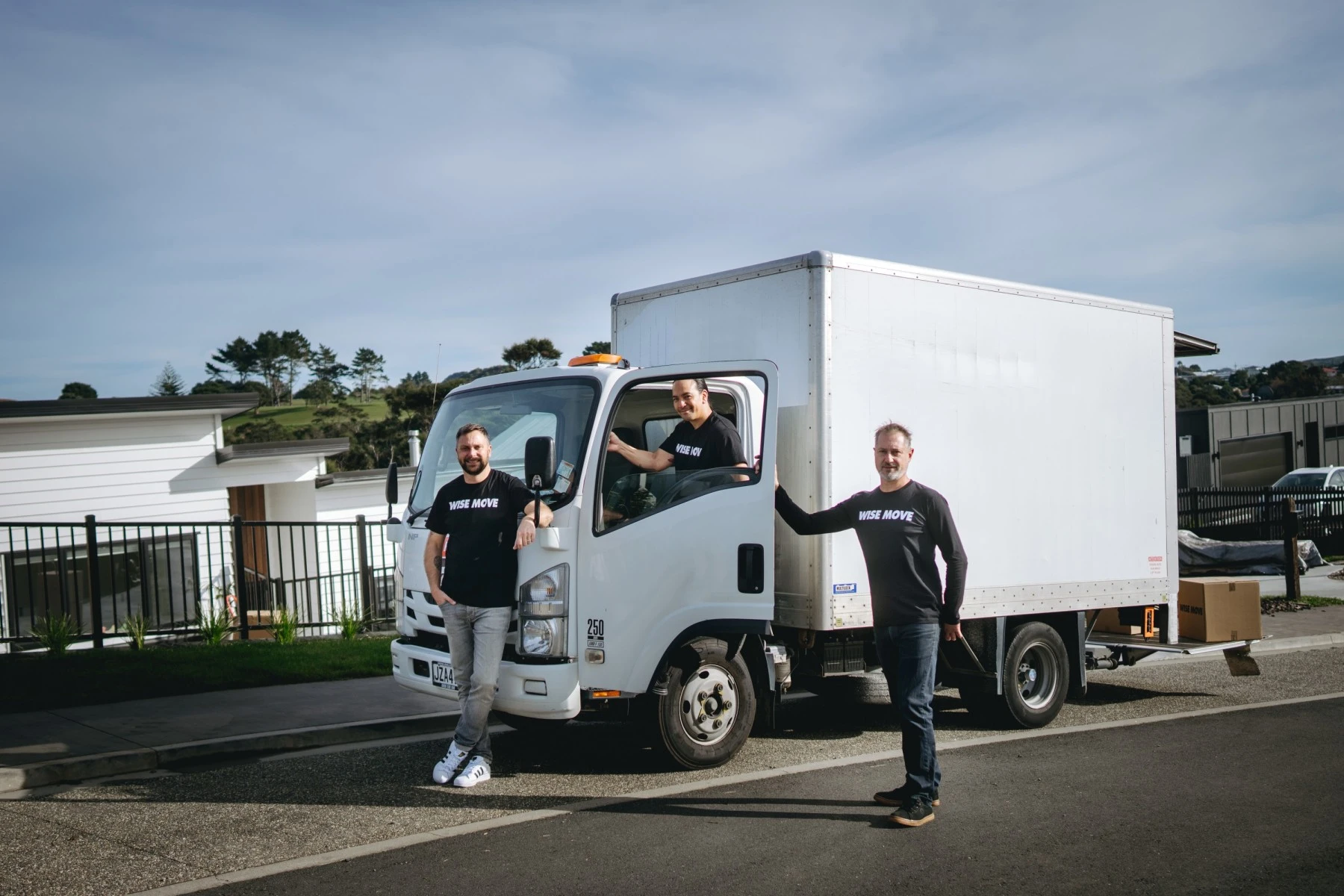
It’s easy to focus on packing and logistics. That said, it's also easy to overlook the impact of transporting your household from A to B. The reality is that it's massive. This is the case if you’re moving across town or relocating to a new part of Aotearoa.
-
If you're moving locally, try to minimise the number of trips between your old and new home. Consolidating loads into one or two well-packed journeys.
-
Use public transport where practical, especially if moving without large items.
-
If you're flying, choose direct flights and consider purchasing carbon offsets.
-
If you’re driving, carpool with other household members rather than taking multiple vehicles. You can even consider renting or borrowing a hybrid or EV if your car isn’t fuel-efficient.
How to clean your old and new home in an eco-friendly way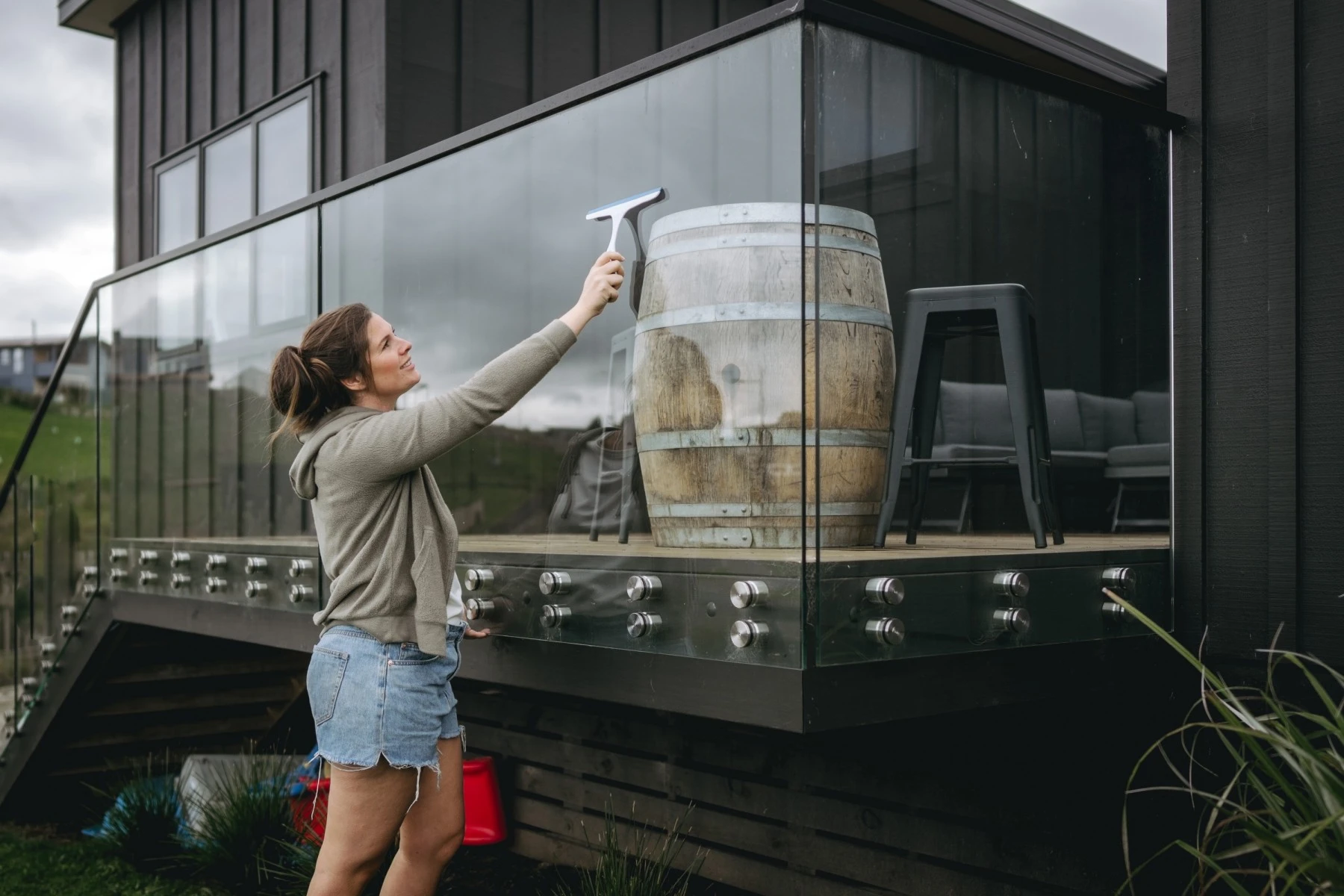
Cleaning is an unavoidable part of the moving process. If you’re preparing your old place for inspection or making your new home feel fresh and ready to live in, it's one of those checklist tasks to do.
Unfortunately, many of the cleaning products we buy for moving and for our homes are harmful to our environment. What’s more, the chemical ingredients get flushed into our waterways, and the bottles and packaging get discarded in landfills. Here are a few mindful and effective swaps you can make when clearing before or after a move:
Use what you already have
If you’ve got half-full cleaning bottles, don’t throw them out. Use them up before replacing anything. When you do need to restock, look for eco-friendly alternatives. Brands like Ecostore, Earthwise, and Littlefoot offer plant-based, biodegradable cleaners in recyclable packaging. Many of them are also made right here in New Zealand.
Make your own cleaning solutions
Vinegar is one of the most effective cleaning agents out there. Mixing it with baking soda and water is enough to tackle most household grime. Add lemon juice to the mix for extra antibacterial power. You can also add citrus rind or essential oils for a nice scent. Refillable spray bottles and cloths or old T-shirts as rags can eliminate the need for single-use wipes or paper towels.
Dispose of cleaning supplies thoughtfully
It’s not just what you buy that has an impact. How you dispose of harsh chemicals also matters. When it comes to disposing of old cleaning supplies, don’t pour them down the drain or toss them in the bin. Many councils have drop-off points for hazardous waste, including leftover chemicals and aerosols. Check your local council’s website to find out where to go.
Look for eco-friendly cleaning services
If you’re hiring a cleaning service, ask if they offer eco-friendly options. More cleaning companies are now using non-toxic, sustainable products on request, and if they don’t, they may allow you to supply your own.
Top tip: Fill up any existing bottles with your at-home cleaning products. You don’t need to buy anything new.
How to set up your new home sustainably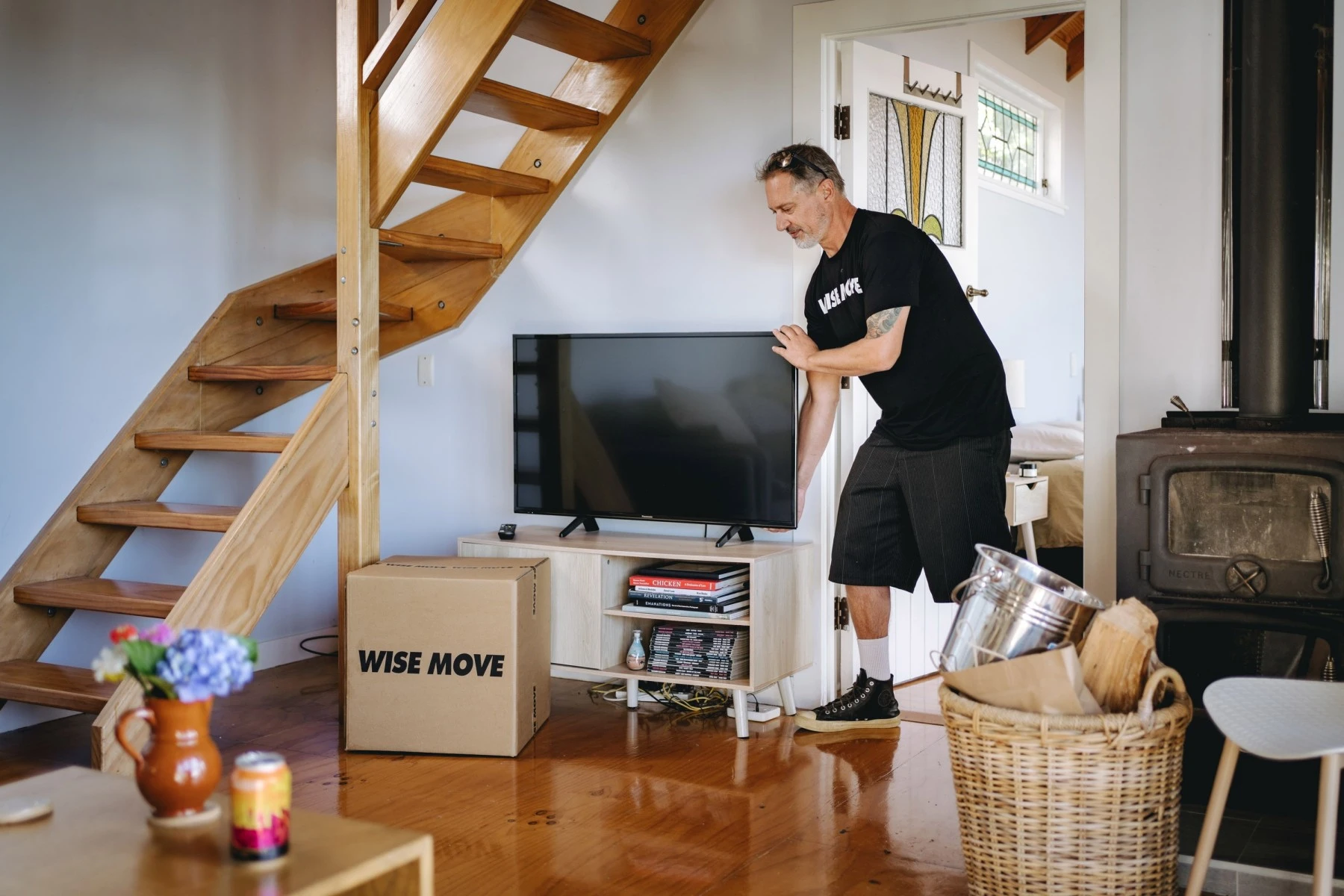
Moving into a new space is the perfect opportunity for a fresh start, not just in your routine, but in the way your home runs. If you set things up thoughtfully from the get-go, you can reduce your environmental impact significantly. It also means you lower your power bills and create a healthier living space.
Start with your utilities
When signing up for electricity, look into energy providers that offer renewable or carbon-zero options.
Ecotricity, Meridian Energy, and Electric Kiwi all have strong renewable credentials in Aotearoa. Some even allow you to track your usage in real time, which can help you manage your energy more efficiently.
Look for easy energy wins
Saving energy is often about easy swaps to use less energy or keep heat in.
Use LED light bulbs, check for draughts around windows and doors, and make sure appliances are running efficiently. If you’re buying new appliances, choose models with a high EECA Energy Rating. Appliances can account for up to 40% of all household energy use.
Top tip: Check out Powershop’s guide to how much energy your appliances may use.
For example, Modern LED TVs are much more energy-efficient than older models, especially if you use built-in power-saving features. Watching a few hours a day won’t add much to your power bill, so long as you switch off when not in use.
Furnish your home second-hand
There’s little value in making eco-friendly choices during your move, only to abandon these values once you’ve unpacked. Keep the momentum going by being thoughtful about how you furnish your new space.
Instead of buying everything brand new, browse second-hand furniture stores and local op shops. Sites like Trade Me, and Facebook Marketplace also often have high-quality furniture and homeware at a fraction of the cost.
Set up systems for reducing waste
Set up your recycling and composting bins so it’s easy to manage your waste from day one. What you can recycle varies by region in New Zealand, so check your local council’s website for specific guidelines.
If you’re renting, talk to your landlord about making sure you have the right bins or drop-off access.
Simple ways to make your home greener
-
Switch to eco-friendly cleaning and laundry products.
-
Install low-flow showerheads or tap aerators to save water.
-
Opt for thermal curtains or blinds to help regulate the temperature without relying on heaters.
-
Setting up a greywater system (if your property allows it).
How to make changes to your lifestyle for your next move
A sustainable move isn’t just about what you pack or which van you hire; it’s also about how you live once you’ve arrived. The changes you make today will impact your next move, and make that more sustainable too.
Reduce your reliance on cars
One of the best ways to live more sustainably is to reduce your reliance on cars. If your new home is close to work, shops, or public transport, try walking, biking, or taking the bus instead of driving. Even one or two car-free days per week can significantly cut your emissions—and help you feel more connected to your surroundings.
Get to know your local food system
Support local and shop more sustainably at farmers’ markets, veggie co-ops, and refillery stores. You’ll reduce packaging waste, lower your food miles, and often find fresher, more seasonal options. If you have space, even a small herb garden on a windowsill can reduce your reliance on store-bought produce.
Joining community groups
Look for your neighbourhood's local sustainability or gardening groups. Many local communities in New Zealand also have tool libraries, crop swap events, or waste-free parenting meetups. Platforms like Neighbourly, Facebook groups, and your local council website are good places to start.
Practice kaitiakitanga
The Maori term means guardianship of the sky, the sea, and the land, something that all New Zealanders should aim to practice. Support local efforts to improve composting or recycling in your neighbourhood. Take part in neighbourhood clean-up days or any other initiatives that help the local environment.
Top tip: Connecting with your neighbours means you can more easily share or borrow resources to help reduce waste.
Resources and checklists
Having the right tools at your fingertips makes sustainable moving a whole lot easier. Whether you're planning, packing, or setting up your new place, we’ve found some helpful resources to keep you on track.
Regional waste and recycling Info
Recycling rules vary from one part of New Zealand to another. To avoid contamination or landfill mishaps, check your local council’s website for guidance on:
-
The items that can and can’t go in your recycling bin.
-
Green waste and composting services.
-
Local e-waste and hazardous waste drop-offs.
-
Transfer station opening hours.
Sustainable moving services in NZ
-
Wise Move is an NZ-wide platform to compare moving quotes, including eco-friendly movers.
-
Eco Movers NZ offers hybrid vehicles and waste-aware services in Auckland.
-
Eco Shifter offers a fully electric vehicle delivery service around major New Zealand cities.
-
Trade Me & Marketplace is great for sourcing second-hand packing materials and furniture.
Your quick, sustainable moving checklist
Before the move
- Declutter and donate or sell unwanted items.
- Collect second-hand boxes and reusable packing materials.
- Choose a moving company with eco credentials.
- Offset your move’s emissions if travelling a long distance.
- Use up or give away food, cleaning supplies, and pantry items.
During the move
- Pack with recycled, compostable, or reusable materials.
- Avoid bubble wrap and plastic tape.
- Use containers you already own (suitcases, baskets, bins)
- Limit trips between homes (consolidate loads).
- Transport your household in one trip, if possible.
After the move
- Set up your recycling and compost systems straight away.
- Choose an energy provider with renewable or carbon-zero options.
- Furnish with second-hand or locally made items.
- Use eco-friendly cleaning and household products.
- Connect with local sustainability groups or initiatives.
Book your sustainable movers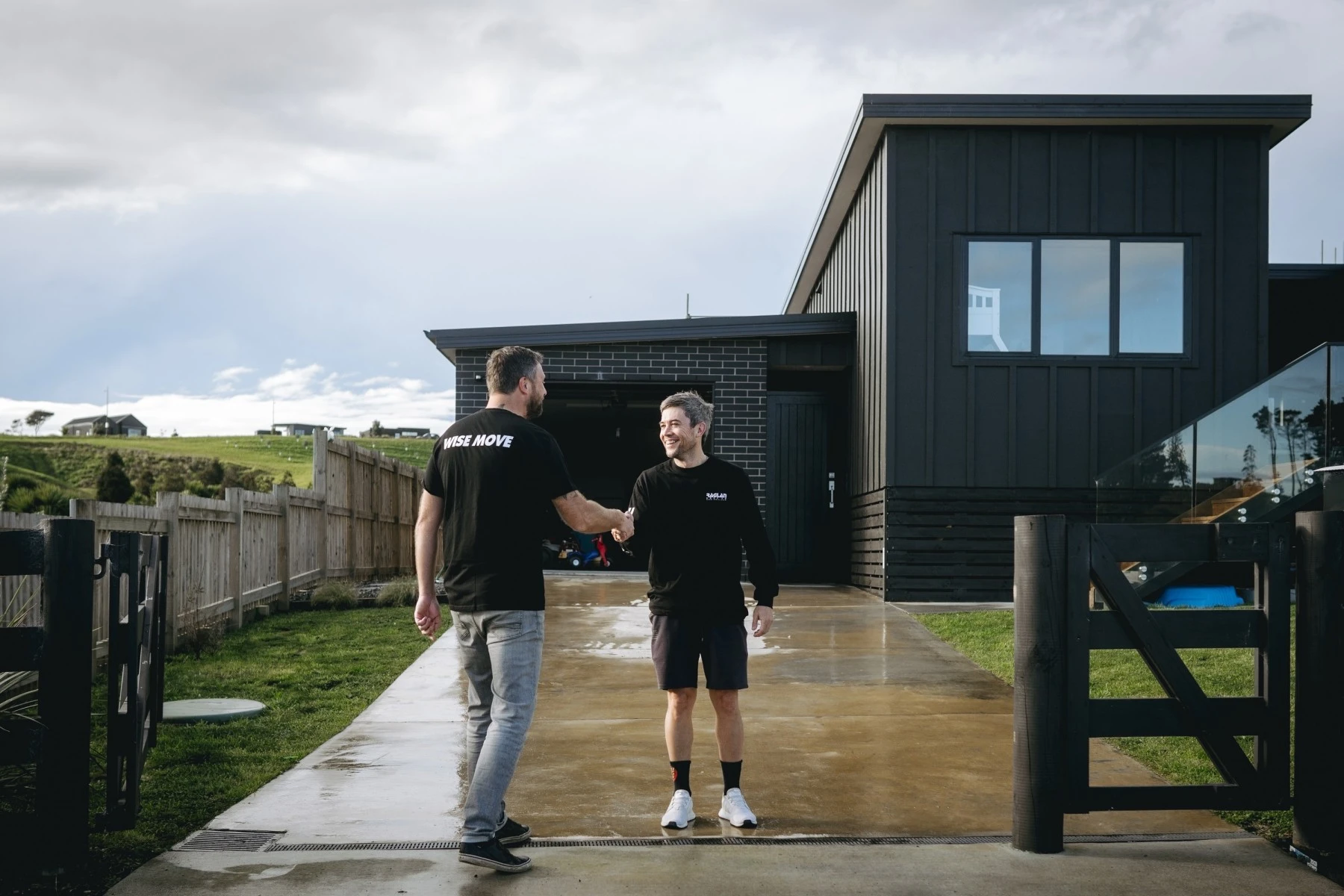
Sustainable moving isn’t about doing everything perfectly. It’s about making smarter choices that will impact your move and how you live in future. Whether it’s reusing boxes, cutting down on transport emissions, or choosing green energy at your new place, each step adds up.
Steps to ensure a wise, sustainable move
- Submit your moving request on Wise Move.
- Compare quotes and check reviews of moving companies
- Find companies that prioritise sustainable practices. This can be through electric vehicles or minimising packaging waste (or both).
- Confirm your booking with the best movers for the job.
What do our customers say?
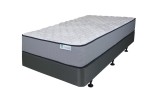


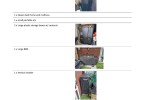
For every (wise)move
